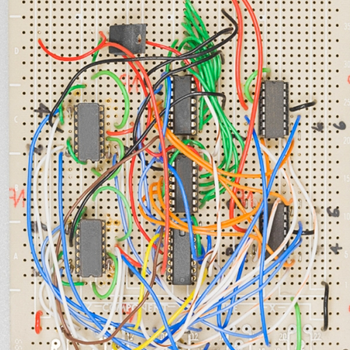A transition matrix T tells us how to get from one state to another. That is Sn=TSn-1, where Sn is the distribution vector at time n and Sn-1 is the distribution vector at time n-1. We can conclude? Sn=TSn/2 Sn=TS0 Sn=TnSn-1 Sn=TnS0
A transition matrix T tells us how to get from one state to another. That is Sn=TSn-1, where Sn is the distribution vector at time n and Sn-1 is the distribution vector at time n-1. We can conclude?
Sn=TSn/2
Sn=TS0
Sn=TnSn-1
Sn=TnS0
A transition matrix T tells us how to get from one state to another. That is Sn=TSn-1, where Sn is the distribution vector at time n and Sn-1 is the distribution vector at time n-1. We can conclude?
Sn=TSn/2
Sn=TS0
Sn=TnSn-1
Sn=TnS0
2 Answers
Explanation:
We have from
Explanation:
In the calculation of matrix, associative law can be applied as if it were a number.
Therefore, the recurrence formula
In the recurrence formula for a geometric progression
i.e.
and so on.
See also:
http://stattrek.com/matrix-algebra/matrix-theorems.aspx
Note that


